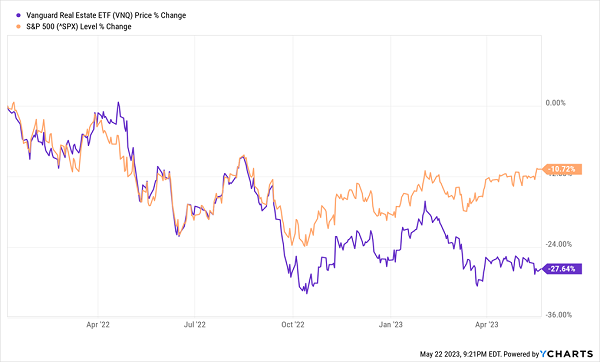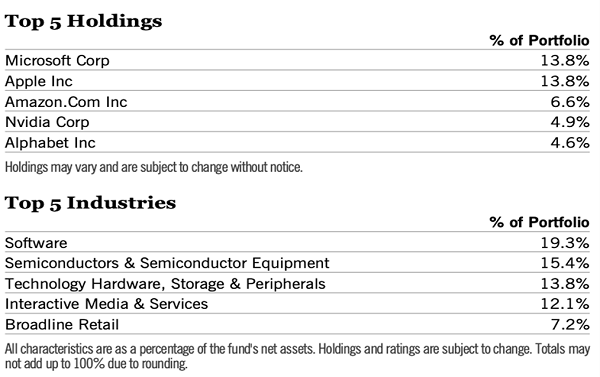Let’s face it: yields on Treasuries and “regular” stocks are still pathetic! We need much bigger payouts (I’m talking yields of 7%+ here) to fund our lifestyles in these inflation-weary times.
Trouble is, most of us have been conditioned by the media and Wall Street to believe that all yields that big are dangerous. Nothing could be further from the truth!
Case in point: my favorite high-yield vehicles, closed-end funds (CEFs), which hold all the assets most folks own, like blue chip stocks, corporate bonds and real estate investment trusts (REITs). Except when we buy these assets through CEFs, we get much higher yields than we would if we bought “direct.”… Read more



Recent Comments